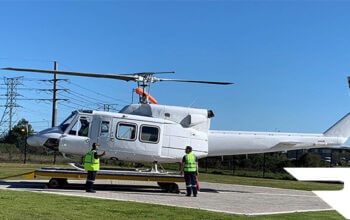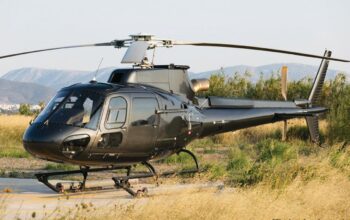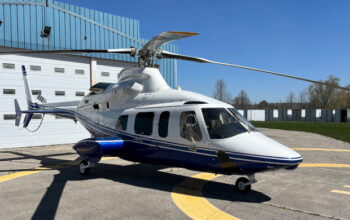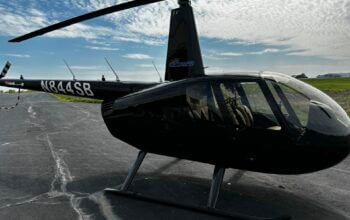Estimated reading time 8 minutes, 4 seconds.

A new two-part commentary from global credit rating service DBRS Morningstar outlines the challenges and opportunities for aviation’s green revolution — specifically, those pertaining to alternative propulsion technologies and sustainable aviation fuel (SAF).
Part 1 of the firm’s paper, titled “The Green Takeoff,” looks at an industry that is pursuing several strategies to decarbonize and achieve net-zero by 2050. Meanwhile, the demand for air travel continues to ratchet ever higher as, according to statistics cited from the Air Transport Action Group, “the number of passengers is expected to more than double by 2050 from around 4 billion in 2019.”
Without technological intervention, said DBRS, aviation decarbonization by 2050 will not be possible without drastically cutting the number of global flights — a strategy that is contrary to rising demand. Fuel and emissions efficiencies realized so far have been unable to keep pace with the increased demand for air travel, said DBRS.
Technology development and implementation will be critical to achieve the industry’s decarbonization goal. Next-generation aircraft employing alternative propulsion technologies — including hydrogen, hydrogen combustion, and battery electric — are in various stages of development, but most are still in the demonstration or prototype stage. These new technologies will come with a high price tag, including collaboration across several stakeholder industries to build the infrastructure needed to produce enough green energy to power them.
Indeed, DBRS points out the transition to alternative propulsion methods will take decades, and they are not expected to “play a meaningful role in reducing long-haul flight emissions.”
Meanwhile, as propulsion technology continues to develop, airports will also be equipping themselves to service tomorrow’s aircraft.
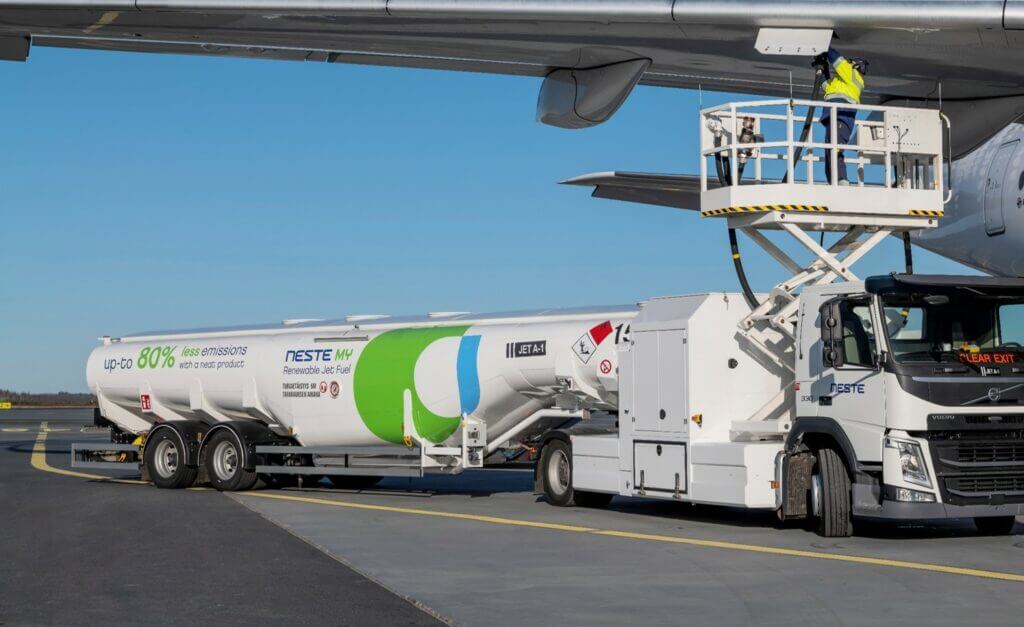
The World Economic Forum (WEF) expects the on-airport capital expenditure to upgrade electricity grids and associated infrastructure will be in the range of US$66 billion to US$114 billion (in 2022 dollars) by 2050. For hydrogen-powered aircraft, airport expenditures are expected to ramp up after 2035, as propulsion technologies mature and are put into service.
Likewise, airlines will also be required to make significant investments in modernizing their fleets, with the additional cost over traditional jet aircraft expected to be in the range of US$200 billion to US$400 billion by 2050. Additionally, airlines will still be required to buy traditional aircraft since new propulsion technology, particularly battery-electric, may only be suitable for short-haul flights. While hydrogen technologies show greater potential for powering future long-haul flights, that technology is still in its infancy.
Meanwhile, the fact remains that flights longer than 1,800 kilometres are responsible for two-thirds of all greenhouse gas emissions from commercial aviation. Therefore, said DBRS, “alternative propulsion systems are unlikely to solve the carbon emissions challenge presented by long-haul flights” and the most promising solution remains the use of SAF — made from renewable or waste materials — as well as more fuel-efficient aircraft.
Part 2 of “The Green Takeoff” examines challenges and opportunities for SAF, which is expected to be the most important contributor to industry decarbonization, “contributing an estimated 65 per cent of emissions reductions by 2050,” according to information cited from the International Air Transport Association (IATA).
DBRS points out that the transition to SAF has already begun. While it currently represents less than one per cent of total fuel consumption and costs two to nine times more than traditional jet fuel, its usage is likely to grow (and its cost to drop) as investments are made in SAF infrastructure and production.
Some countries, including the U.S. and Canada, as well as the European Union and the United Kingdom, have set targets for 10 per cent SAF usage by 2030.
However, given the relatively short time frame, that is an ambitious goal that will require a significant ramp-up in investment and production, wrote DBRS.

On the bright side, the report referenced IATA information that there are more than 130 relevant renewable fuel projects underway around the world by more than 85 producers. If they deliver their combined estimated capacity of more than 69 billion litres by 2028, the industry association believes it will be on track for 100 billion litres by 2030.
DBRS predicts that as airlines transition to SAF usage, higher ticket prices may result. Traditional fuel costs already represent one-quarter of operating costs, so filling the tanks with SAF is expected to cost even more in the shorter term before production achieves economies of scale. However, as there is no current comparable alternative for long-haul travel, the demand for air travel is expected to continue as consumers absorb increased costs.
Blended SAF is compatible with existing airport fuel infrastructure, and it is a drop-in product that is suitable for today’s aircraft engines. Therefore, DBRS expects the transition to SAF to be seamless and gradual as production begins to increase. The agency did warn that if governments accelerate their carbon reduction targets, it could have a negative effect on the aviation industry as a whole.
For further information, read Part 1 and Part 2 of the DBRS Morningstar report.
